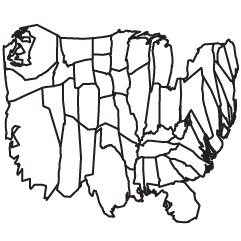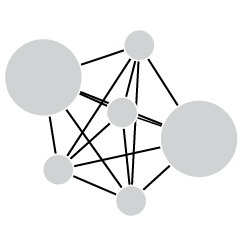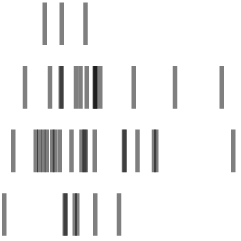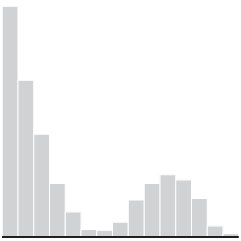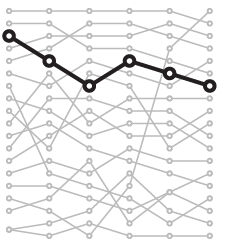Government data sites are typically sluggish and a pain to use. So many forms. So slow. So much cruft in the way of what you really want. We went over this.
Reply All, one of my favorite podcasts, talked to technologist Clay Johnson about why government sites are like this. It’s not so much the people as it is the system that gets in the way of making things better.
Listen to the podcast

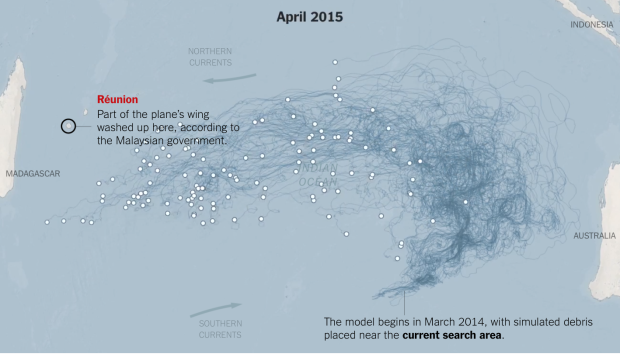
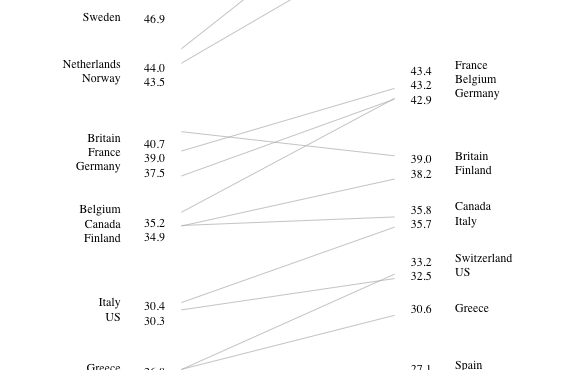
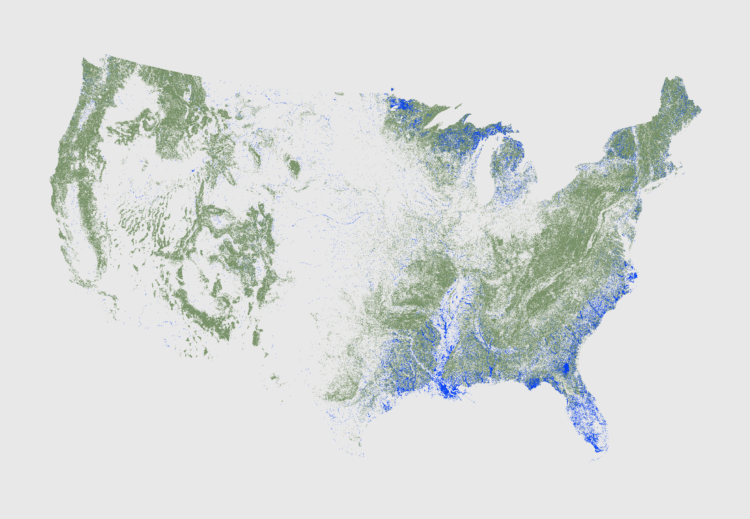
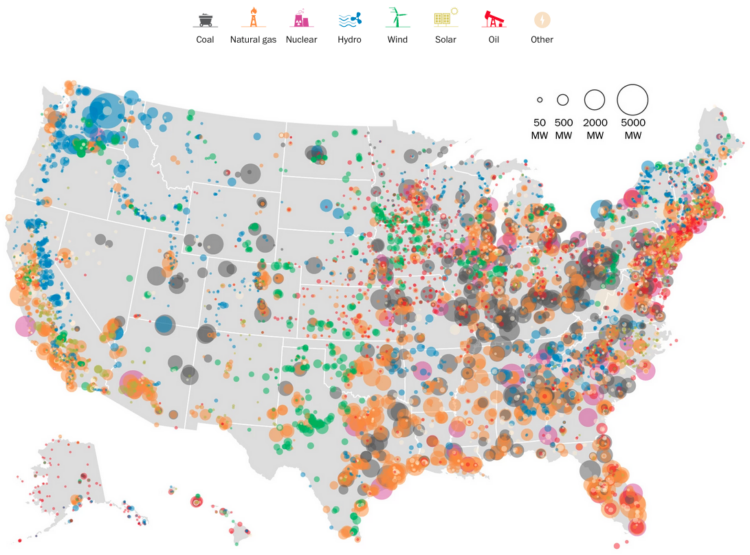
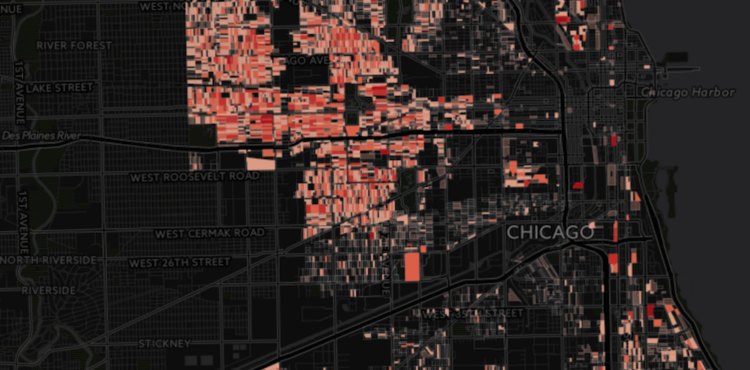
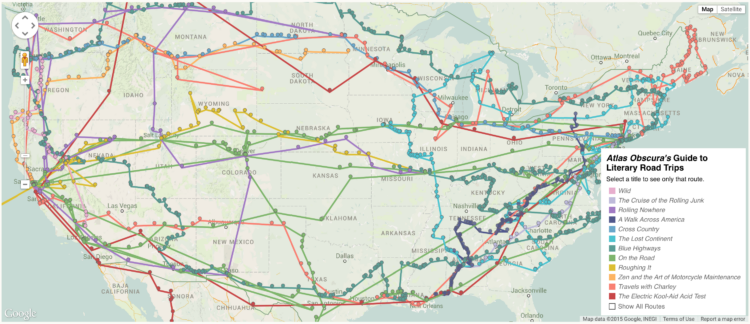
 Visualize This: The FlowingData Guide to Design, Visualization, and Statistics (2nd Edition)
Visualize This: The FlowingData Guide to Design, Visualization, and Statistics (2nd Edition)
